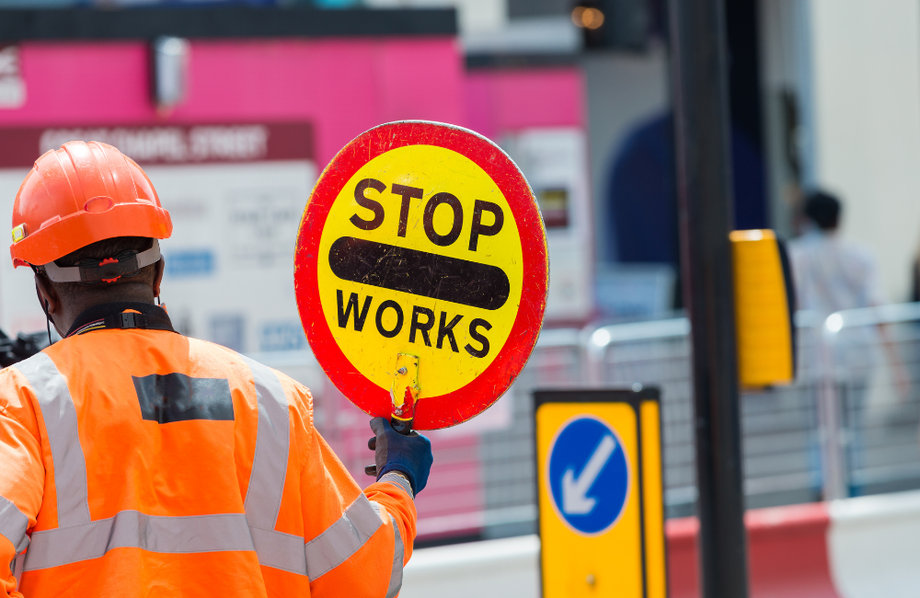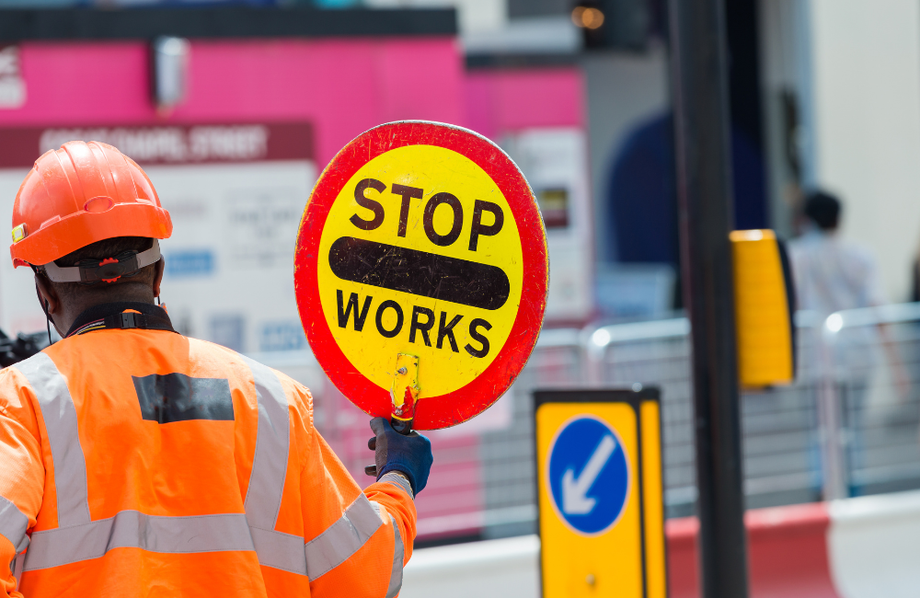Construction traffic control is an essential aspect of managing projects within the bustling environment of Australia. It ensures the safety of workers, pedestrians, and drivers while also facilitating efficient project progression. As such, careful planning and consideration of several key factors are crucial.
Understanding the Local Environment
The first step in effective construction traffic control is understanding the local environment. This involves assessing the surrounding area for pedestrian and vehicular traffic volumes, identifying peak times, and considering the impact on local businesses and schools. Knowledge of the local environment allows for the development of a traffic control plan that minimises disruptions and enhances safety.

Legal Compliance and Standards
In Australia, adhering to legal requirements and standards is paramount. Ensuring all traffic control measures meet these standards not only ensures safety but also helps avoid legal repercussions and fines.
Safety Measures
Safety is the cornerstone of construction traffic control. This encompasses the safety of construction workers, pedestrians, and motorists. Implementing comprehensive safety measures, such as clear signage, barriers, and safe pedestrian pathways, is critical. Additionally, employing qualified traffic controllers who are trained in managing construction traffic effectively can significantly reduce the risk of accidents.
Effective Communication
Effective communication is vital in managing construction traffic control efficiently. This involves clear signage and signals for road users, as well as detailed briefings for construction workers and traffic controllers. Keeping the local community informed about construction schedules and expected disruptions can also help mitigate frustration and enhance cooperation.
Flexibility and Contingency Planning
Construction projects are dynamic, and unexpected challenges can arise. Therefore, having a flexible approach and a well-thought-out contingency plan is crucial. This may include alternative traffic routing in the event of an emergency or unexpected construction delays. Being prepared for unforeseen circumstances ensures that traffic control can be adapted quickly and efficiently.
Effective construction traffic control is multifaceted, requiring a thorough understanding of the local environment, strict adherence to legal standards, robust safety measures, clear communication, and flexible planning. By considering these critical factors, SSTC ensures the smooth progression of construction projects with minimal disruption to the local community and enhanced safety for all involved.





Comments